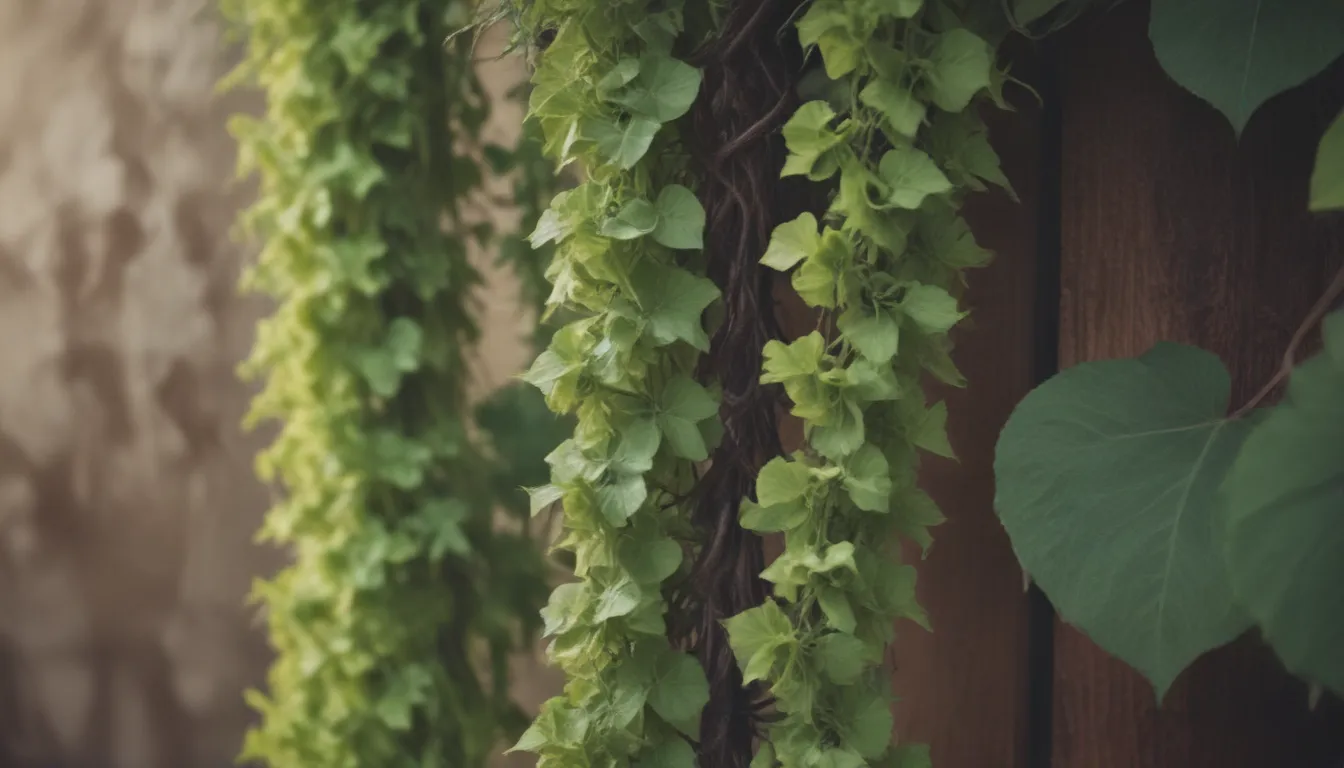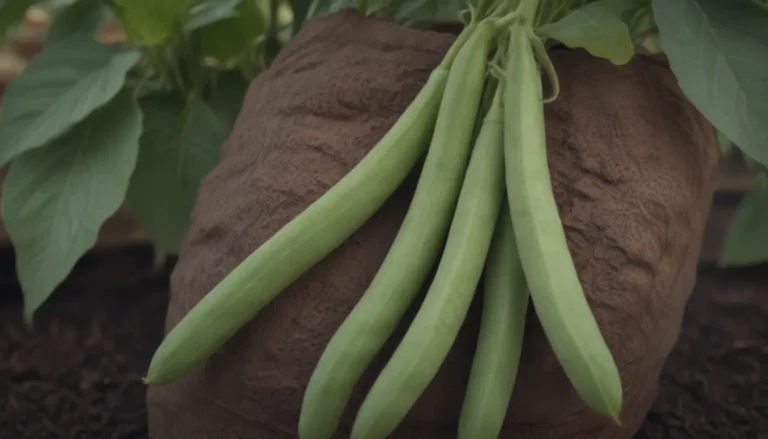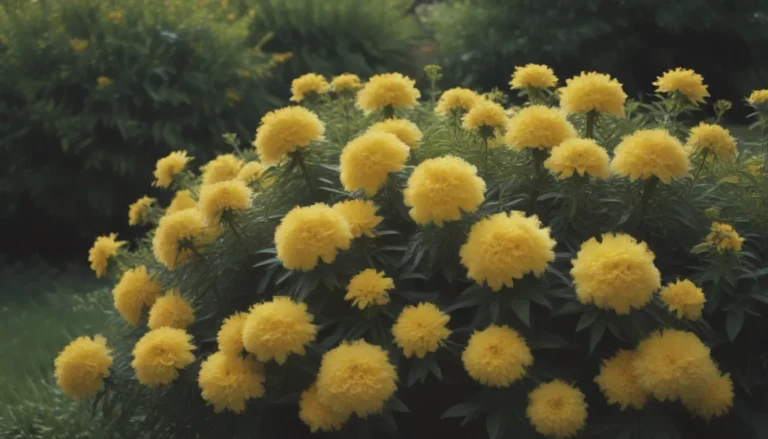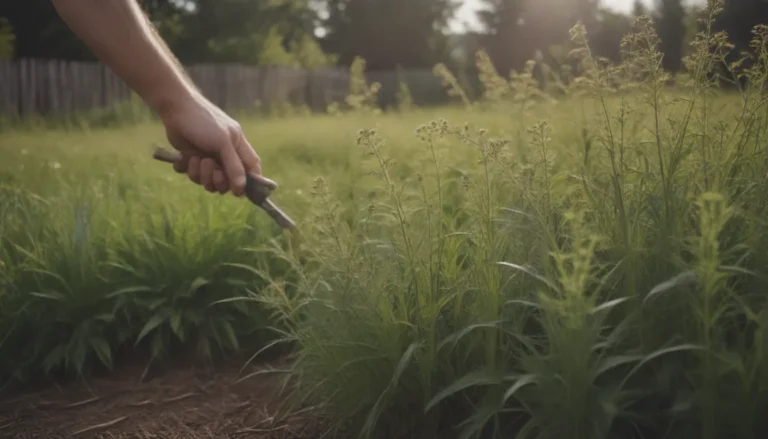The Ultimate Guide to Growing and Caring for Corkscrew Vine

Are you looking to add a unique and fragrant touch to your garden? Look no further than the stunning Corkscrew Vine, also known as Cochliasanthus caracalla. This fast-growing, twining perennial vine can reach up to 30 feet in length, producing beautiful white and lilac/purple flowers from July to October. In this comprehensive guide, we will walk you through everything you need to know to successfully grow and care for this eye-catching plant.
Understanding Corkscrew Vine
Corkscrew Vine, also known as Corkscrew Flower or Snail Flower, is a member of the pea family native to the tropical regions of Central and South America. It thrives in warm climates with full sun and moist, fertile, well-drained soil. While it is considered an invasive plant in some regions, with proper care and maintenance, you can enjoy its beauty without it taking over your garden.
Key Characteristics of Corkscrew Vine:
- Fragrant white and lilac/purple flowers
- Spiraling flowers in erect clusters (racemes)
- Green leaves with three leaflets
- Bean-like pods containing round brown seeds
Corkscrew Vine Plant Care Tips
To ensure your Corkscrew Vine thrives and produces abundant flowers, follow these essential care tips:
Light:
- Full Sun: Plant your Corkscrew Vine in an area that receives full sunlight for optimal growth and flower production.
Soil:
- Fertile and Well-Drained: Provide fertile, moist, and well-drained soil for your vine to grow healthy and strong. Corkscrew Vine tolerates a wide range of soil pH levels.
Water:
- Consistent Moisture: Keep the soil consistently moist but not soggy. Water the vines only when they appear dry, and allow excess moisture to seep away after watering. Mulching can help maintain soil moisture.
Temperature and Humidity:
- Warm Climate: Corkscrew Vine thrives in heat and humidity and performs best in tropical environments. In colder regions, treat it as an annual plant as it may not survive temperatures below 40 degrees Fahrenheit.
Fertilizer:
- Balanced Fertilizer: While not necessary, you can use a balanced granular fertilizer in spring to promote growth. Young plants benefit from soil amended with compost and peat moss.
Types of Corkscrew Vine
Corkscrew Vine has been classified under different genera over the years, including Phaseolus caracalla, Vigna caracalla, and Cochliasanthus caracalla. However, all refer to the same plant, and you’ll typically find one form available for purchase at garden centers.
Pruning and Propagating Corkscrew Vine
To keep your Corkscrew Vine healthy and under control, consider the following tips for pruning and propagating:
Pruning:
- Promote Bushier Growth: In the spring, cut back the leaves and tendrils of your vine to encourage bushier growth and more flowers later in the season.
Propagation:
- Seed or Cuttings: Propagate your Corkscrew Vine through seeds or rooting softwood cuttings. Follow specific instructions for each method to ensure successful propagation.
Growing Corkscrew Vine from Seed
If you’re looking to grow Corkscrew Vine from seed, follow these steps for successful germination and plant growth:
- Scarification: Clip the seed coat with toenail clippers to promote germination.
- Indoor Start: Start seeds indoors for transplanting later.
- Self-Seeding: Allow volunteer seedlings to grow or transplant them to new locations.
Potting and Overwintering Corkscrew Vine
In colder climates, consider growing Corkscrew Vine in containers that can be brought indoors during the winter. Ensure proper drainage and sunlight for healthy growth. When overwintering, protect the plant from frost and cold temperatures to prevent damage.
Common Pests & Plant Diseases
While Corkscrew Vine is generally resistant to pests and diseases, occasional aphids may visit the plant. Control them with water or horticultural oil. Ensure good drainage to prevent root rot, a common issue in poorly draining soil.
Encouraging Blooms and Addressing Common Problems
To maximize flower production, provide ample sunlight and soil fertility for your Corkscrew Vine. Deadhead spent flowers to promote healthy growth and continued blossoming. Keep an eye on the plant’s growth to prevent it from spreading aggressively and overtaking your garden.
Conclusion
Corkscrew Vine is a beautiful and fragrant addition to any garden, with its unique spiraling flowers and fast-growing vines. By following these care tips and techniques, you can enjoy the beauty of this plant while preventing it from becoming invasive. Whether you’re a seasoned gardener or a beginner, Corkscrew Vine is a fantastic choice for adding interest and charm to your outdoor space. So get ready to watch your garden flourish with the stunning blooms of Corkscrew Vine!





